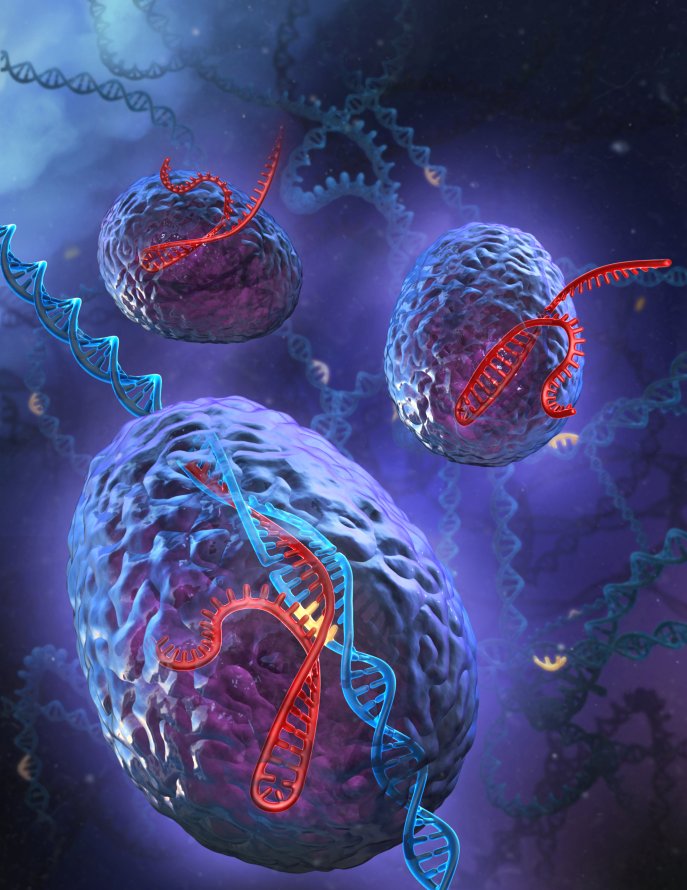
Cancer-Free Rodents
Recently, we reported that scientists have found that the same gene responsible for multicellular life is also the gene responsible for suppressing various genes in humans, and it is this gene that is found to be defective in cancer patients.
Now, researchers are looking to the naked mole-rat (NMR) for another cancer-suppressing gene.
Among rodent species, mole-rats live the longest — up to 30 years, which is 10 times the lifespan of mice. And remarkably, cancer has almost never been detected in captured colonies. A collaboration between Hokkaido University and Keio University in Japan is investigating how these animals are keeping cancer at bay in order to advance treatment options and potentially find solutions for humans.

Active ARF, Dormant ERAS
They reprogrammed skin fibroblast tissue from adult mole-rats to revert to induced pluripotent stem cells (iPSCs), which, like embryonic stem cells, can turn into other types of body tissue, but when transplanted can also develop into tumors.
These iPSCs were then inserted into the testes of mice with extremely weak immune systems. They found that these iPSCs did not develop into tumors, unlike human and mouse iPSCs. Further investigation concluded that the gene alternative reading frame (ARF) remained active in mole-rat iPSCs, and suppressed in humans and mice. Mole-rat stem cells continuously express this tumor-suppressing gene.
Another important finding is that a tumorigenic gene known as ES cell expressed Ras (ERAS) is mutated and defective in mole-rat iPSCs while this same gene is expressed in the embryonic cells and iPSCs of mice. And when they disabled the ARF gene and forced mouse ERAS to activate in mole-rat iPSCs, they developed into large tumors in the mice they were transplanted in.
“We conclude that the tumour resistance in NMR-iPSCs is based on NMR-specific ARF regulation and disruption of ERAS,” they wrote in the paper.
They add that this research could help us understand and further develop safer cancer treatments in humans.
“Further research into the detailed mechanisms underlying ASIS (ARF suppression-induced senescence) in naked mole-rats may shed new light on cancer resistance in the mole-rats and contribute to the generation of non-tumorigenic human-iPSCs, enabling safer cell-based therapeutics,” said Hokkaido assistant professor Kyoko Miura.